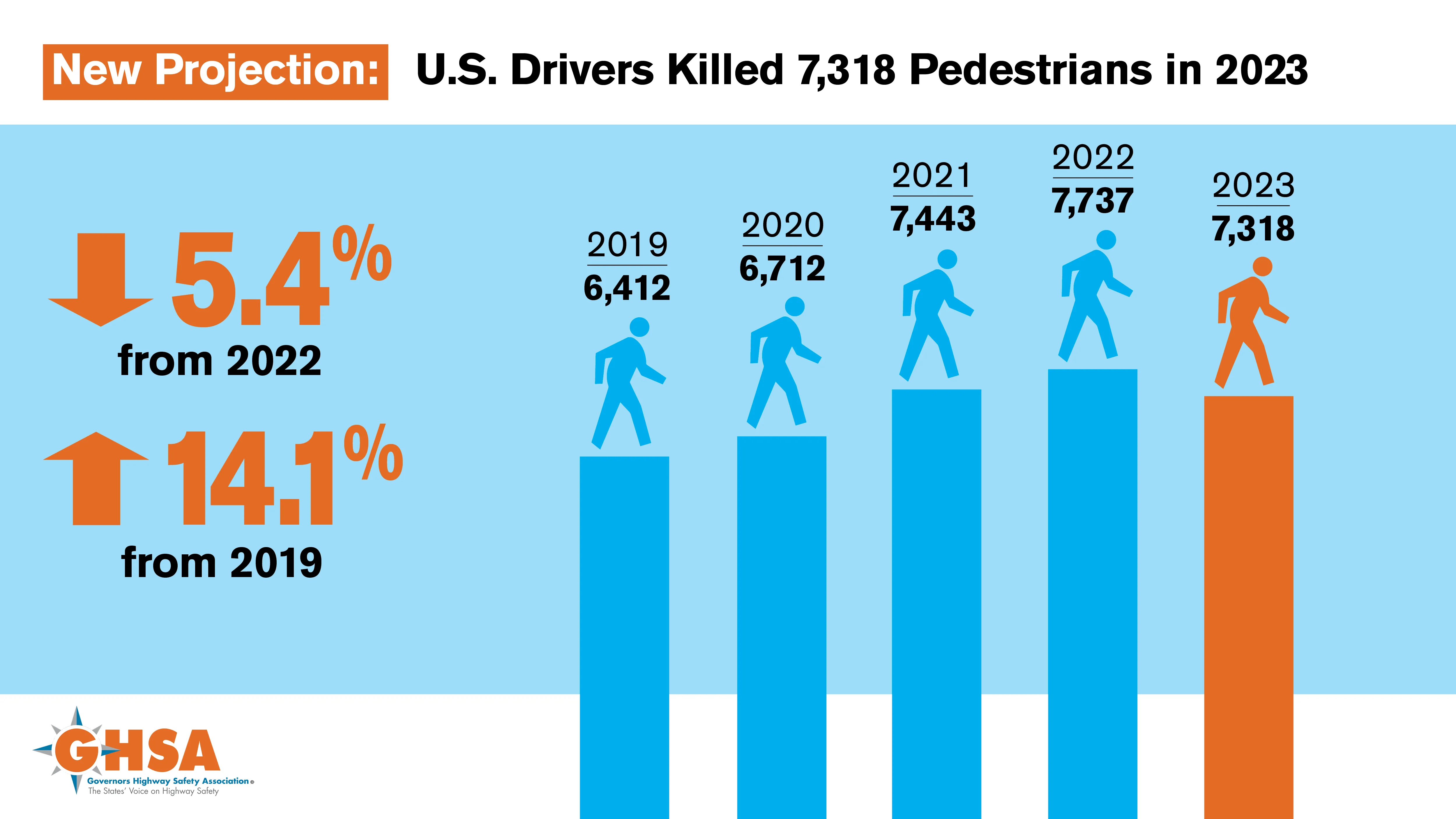Provisional figures available from the UK’s Department for Transport reveal a drop in road fatalities in 2012 compared with the previous year. There were 1,754 fatalities in 2012, an 8% drop from 2011 according to the DfT information. In all 195,723 were killed or injured on UK roads in 2012, a drop of 4% from 2011 while 23,039 were seriously injured a drop of 0.4%. Vehicle traffic levels fell just 0.4% for 2012 compared with 2011 however. The number of pedestrian deaths, as well as motorcyclist and car occ
September 26, 2013
Read time: 2 mins
RSSProvisional figures available from the UK’s 5432 Department for Transport reveal a drop in road fatalities in 2012 compared with the previous year. There were 1,754 fatalities in 2012, an 8% drop from 2011 according to the DfT information. In all 195,723 were killed or injured on UK roads in 2012, a drop of 4% from 2011 while 23,039 were seriously injured a drop of 0.4%. Vehicle traffic levels fell just 0.4% for 2012 compared with 2011 however. The number of pedestrian deaths, as well as motorcyclist and car occupant fatalities all fell by 7%, 9% and 9% respectively. Deaths of people in heavy goods vehicles remained constant although those killed in crashes involving buses, coaches and bicycles increased. There were 118 cycling fatalities in 2012, compared with 107 in 2011. There is cause for concern over the issue of driving under the influence. Provisional estimates for 2012 suggest that 280 people were killed in drink drive accidents, an increase of around 17% compared with 2011 and accounting for 16% of all road deaths in the UK. It is worth noting though that since 1979, when detailed reporting began, there has been an almost six-fold reduction in the number killed in drink drive accidents and a similar drop in seriously injured casualties. Driving under the influence of drugs remains an issue. During 2012, 55,300 people in England and Wales were convicted of driving after consuming alcohol or taking drugs, broadly in line with the number for 2011. The total value of prevention of reported road accidents in 2012 was estimated to be £15.1 billion. The total number of fatalities in 2012 was 38% lower than the 2005-09 average. The number of people killed or seriously injured was down by 17% and the total number of casualties across all severities was down by 20%. A total of 61 children (aged under 15) were killed in reported road traffic accidents in 2012, up slightly from 60 in 2010, but down 52% cent from the 2005-09 average.







